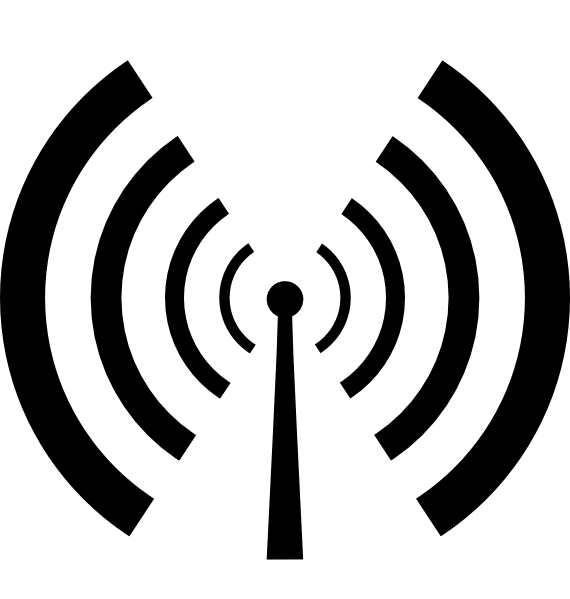I have to wonder if people actually read the entire thread when they dig up older ones like this. Maybe they just read the last post or two and then comment without looking at everything that was posted before. I also wonder how many listen to myth and conjecture rather than proof and experience. :headbang :bdh: :bdh:
without reading the whole thread , making an assumption and posting will continue the the endless forum experience , and moments of endless entertainment.
at someone else's expense
for if it wasn't for :headbang and:bdh: :bdh:
its a part of the human experience of trial and error.
as most all of these topics are covered in the arrl handbook, but without the KEY ingredient humor and smileys!
if the handbook had integrated those key ingredients , maybe that book wouldn't be sitting on the shelf collecting dust from the lack of use,
and if the latter was applied - maybe the forum would be short dull and un entertaining ?
as thats just my thoughts


